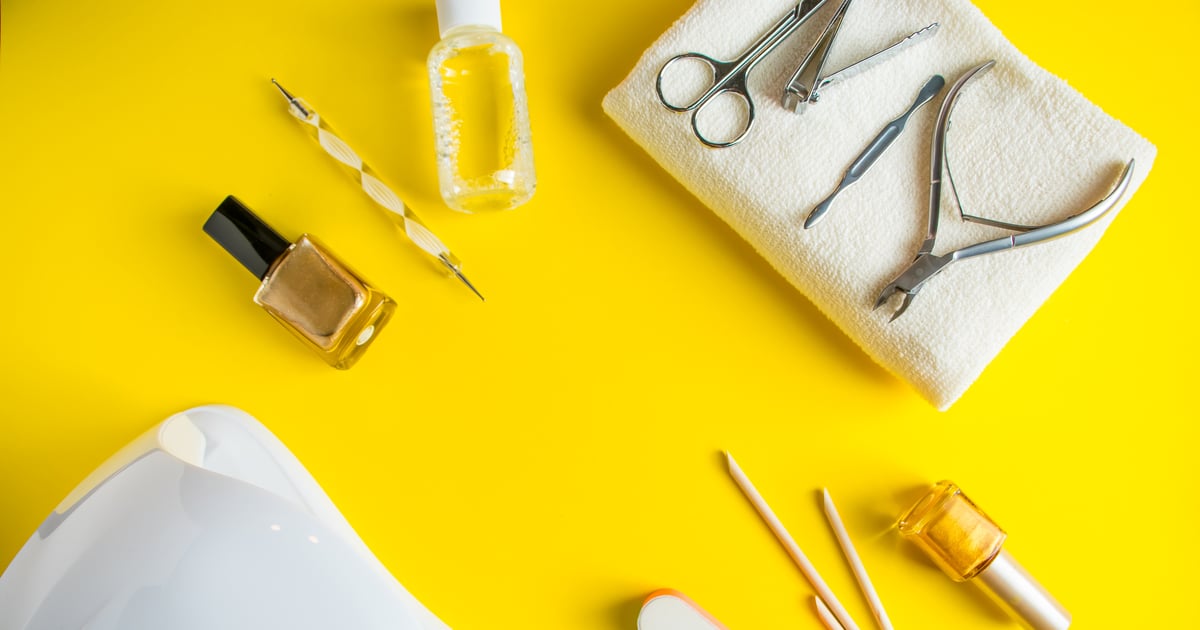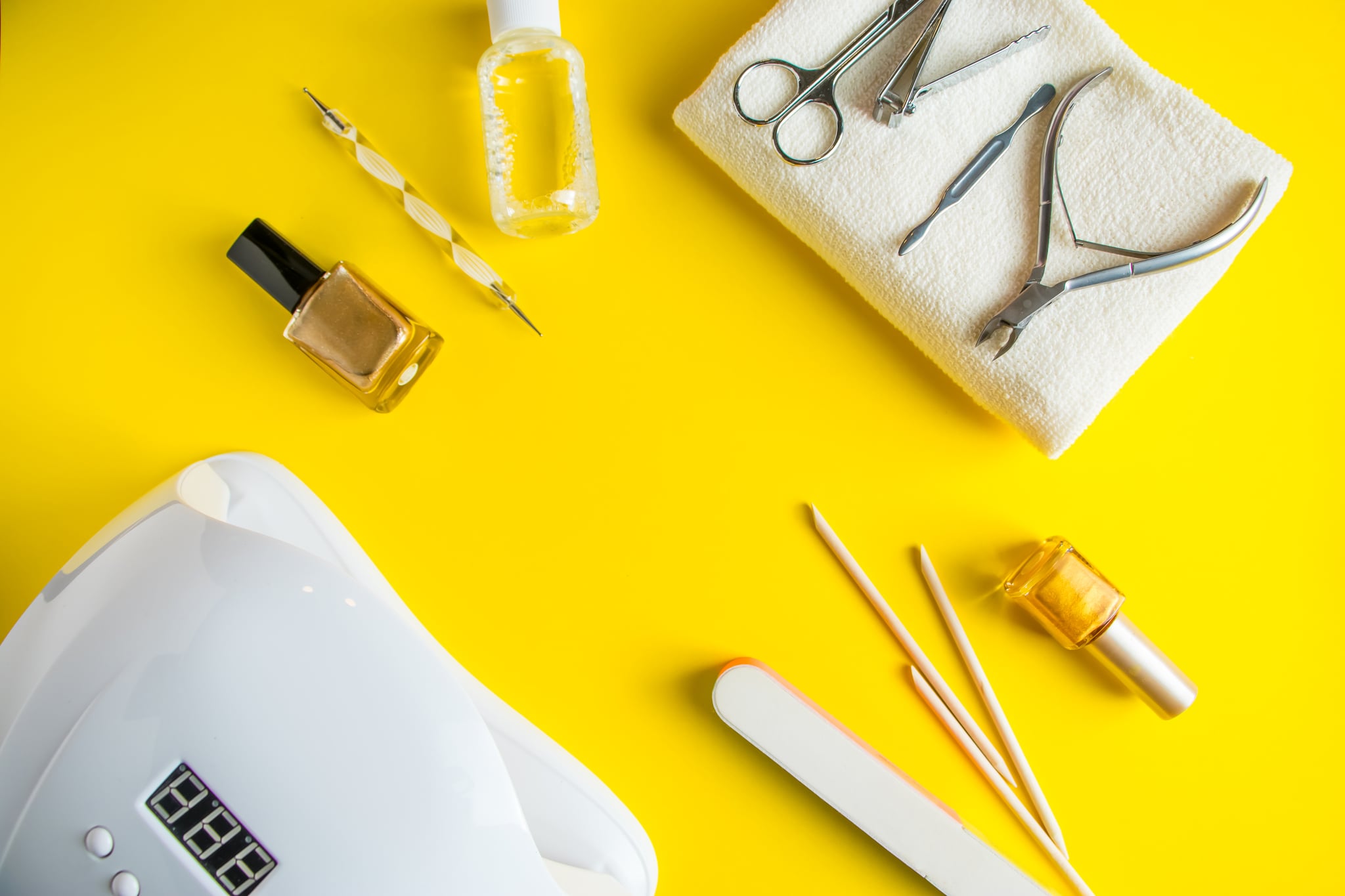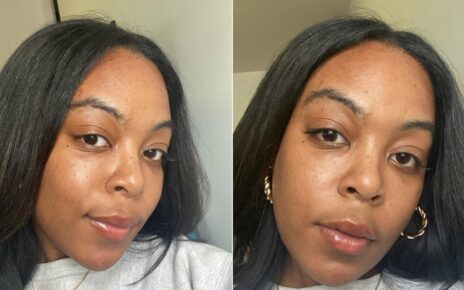Nothing beats that “just left the nail salon” feeling, whether it’s a gel manicure, a dip powder, or a full set of acrylics. That said, frequent manicures can cause the nails to weaken, as well as brittleness and cracking. Lucky for us, a buzzy new trend called “nail cycling” is gaining popularity, and it promises to keep your tips healthy — without giving up your salon appointments entirely.
By now, you’ve probably heard of “skin cycling,” a practice that involves strategically using certain products on certain nights in your skin-care routine.”Nail cycling,” which is a lot less involved than the former, is essentially just taking a break from manicures and intense nail treatments like gel, acrylic, and dip in order to keep your nails at their healthiest.
If you’re curious to learn more about the trend, ahead, we chat with Deborah Lippman, celebrity manicurist and founder of the eponymous nail brand, and Kunal Malik, MD, board-certified general and cosmetic dermatologist, who break down everything to know, like what nail cycling is, who would benefit from it, and how to do it.
What Is Nail Cycling?
Put simply, nail cycling is the practice of taking time off between regular manicures, whether they be acrylic, gel, dip, or otherwise, in order to give your nails a break.
Nail cycling can be customized to suit your needs — if you notice grooves, dents, or pits in your nails, it might be time to take a break from gel or dip and switch to regular manicures. If your nails are thinning and dry, it might be time to take a few weeks off from manicures altogether. It’s all about paying attention to what your nails need and adjusting accordingly. Either way, there are plenty of benefits to nail cycling.
What Are the Benefits of Nail Cycling?
Both Lippman and Dr. Malik suggest giving your nails time to breathe every eight to ten weeks because regular manicures (especially gel, acrylic, or dip) can result in nail thinning. “Taking a break every eight to ten weeks allows the repair of the nail matrix, which is found under the nail cuticle and contains stem cells where new nails are formed,” Dr. Malik says. “Aggressive practices when it comes to gel or acrylic manicures, such as increased pressure upon removal of the nail, can irreparably damage the nail matrix.”
Dr. Malik also adds that these practices can make the nails very brittle and weakened, which can be difficult to treat, but that you can avoid these issues by taking regular breaks from manicures.
Plus, Dr. Malik says, “Nail cycling reduces exposure to harmful skin cancer-causing UV radiation that is emitted by UV dryers.” Although the FDA views nail curing lamps as low risk when used as directed, they state on their website that “exposure to UV radiation can cause damage to your skin, especially if you’re exposed over time.” They go on to list that problems can include age spots, wrinkles, and in some cases, cancer. (If you do want to continue your biweekly gel manicures and skip out on nail cycling entirely, we’d recommend wearing UV-absorbing gloves or wearing an SPF on your hands whenever they’re inside the UV dryer.)
How Do You Nail Cycle?
Every eight to ten weeks, plan to give your nails at least a week to breathe without gel, acrylic, or dip. “Of course,” Lippman says, “the more time you give your nails without a gel manicure the better, but a great way to keep yourself on track to healthier nails is this general rule.”
While your nails are bare and in recovery mode, you’ll want to make sure you’re giving them a little extra love. “During the time without gel, I would highly recommend using treatments to hydrate and strengthen your nails and cuticles,” Lippman says. She suggests daily use of the Deborah Lippman It’s A Miracle Cuticle Pen ($24), as well as a nail strengthener. Our current favorite is the Nails.INC Get Hard Nail Hardener ($13) (a POPSUGAR Beauty Award winner).
Source: Read Full Article




